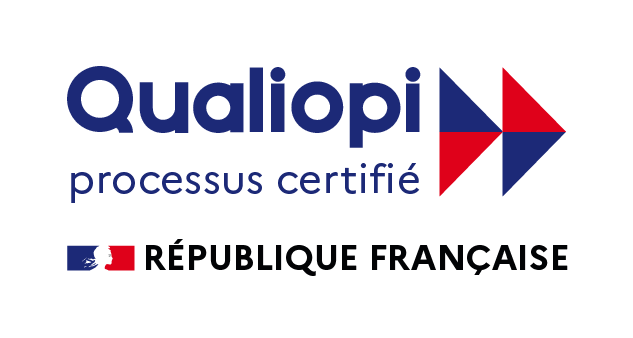
Advanced
| LEVEL 1: MICHONET | 30 hours | 1850€* |
| LEVEL 2: 1920s | 30 hours | 1900€* |
| LEVEL 3: 1930s | 30 hours | 1950€* |
| LEVEL 4: 1940s | 30 hours | 2000€* |
| LEVEL 5: 1950s | 39 hours | 2600€* |
| LEVEL 6: 1960s | 30 hours | 2100€* |
| LEVEL 7: 1980s | 36 hours | 2500€* |
| LEVEL 8: 2000s | 48 hours | 2900€* |
| LEVEL 1: FLOWERS AND FRUITS | 30 hours | 1850€* |
You must take the course in a chronological order (level 1, then level 2, and so on).
Training objective :
The 1980s brought embroidery to the forefront with opulent and sometimes eccentric creations. The seventh level inspired by the Lesage archives of the 1980s, represents 36 classroom hours of embroidery.
Level 7 of 8.
Evaluation of acquired skills :
Individual practical exercises
Delivery of training certificate
Course reservation:
We recommend that you wait at least 1 or 2 days between two classes to give you time to complete your homework.
Mounting the embroidery frame
Needlework
Applying a ribbon upright and wound — Applying assembled roses — Applying plastic plaques — Bullion stitch in cotton floss — Chenille flat stitch — Knotted stitch in cotton floss and chenille thread —
Lunéville hook
Applying tubes in dimensional hump — Chenille fastened by Boulogne-style drawn stitch — Chenille fastened by drawn couching type stitch — Drawn stitch with cotton thread — Lines of tubes, beads and sequins — Mousse (double vermicelli beading & sequins) — Retracing the drawing — Sequinned scaling — Sugar (double vermicelli beading) — Tight trimmed vermicelli of beads and sequins —
Teaching methods:
An embroidery frame is obligatory to pursue the work after class for 90 euros.
The training course breaks down into three-hour sessions. The price includes tuition, the learning piece, and all the required equipment and supplies for the course. You are welcomed to one of the classes where you will participate in private group lessons. A teacher, focusing on six students of various levels, will initiate you into various artistic embroidery techniques and follow up on your work and step-by-step progress.
Requirements:
An initial encounter makes it possible to propose the course that best corresponds with your project and skill level. A schedule is then tailored to your availabilities and the remaining vacant seats.
Accessibility :
A training course may begin at any time of year. All the courses are valid for one year from the registration date. Courses are given in French but for foreign students, they are given in English.
Financial Responsability :
For more information on financial terms, please contact us.
Opening hours :
Monday to Friday, 9:30 a.m. to 12:30 p.m. and 2 p.m. to 5 p.m
Our performance indicator (data 2023/2024): 100% satisfaction rate among our students
Coverage of people with disabilities :
Our training courses are accessible and adaptable for people with disabilities. For more information, please contact us at 01 44 79 00 88.

* Price including VAT.






